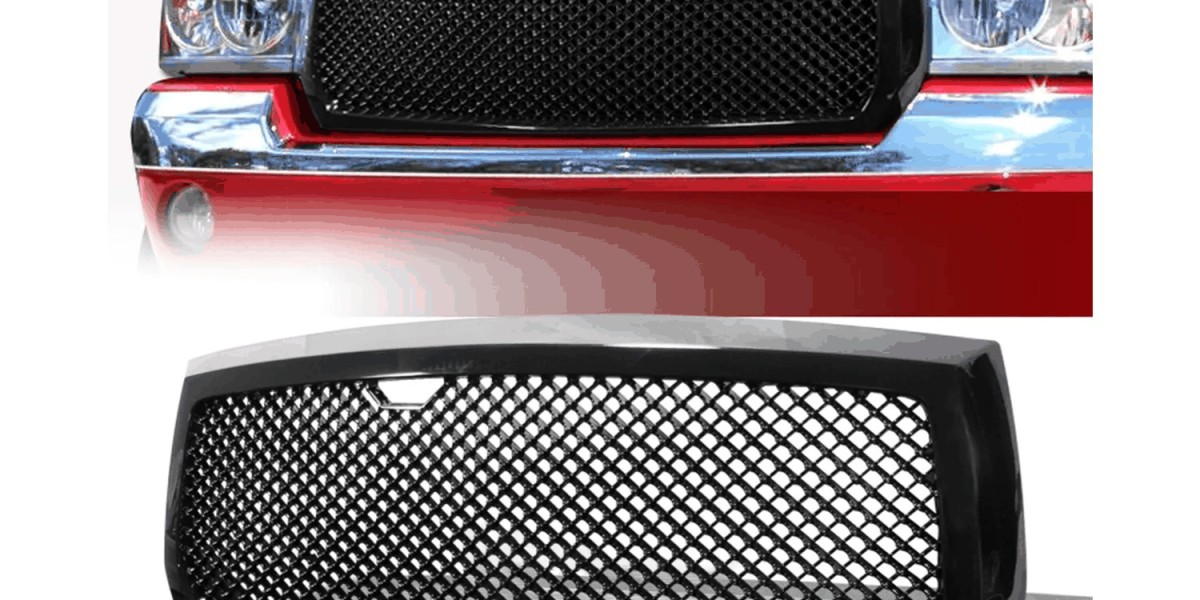Introduction
Hippie clothing, an iconic and enduring aspect of the 1960s counterculture movement, continues to captivate fashion enthusiasts and free spirits alike. Rooted in a philosophy of peace, love, and individuality, hippie fashion reflects the social and cultural changes of its time.
The Historical Roots of Hippie Clothing
Emerging in the mid-20th century as a reaction to societal norms, the hippie movement sought to break free from the constraints of traditional values, promoting a lifestyle focused on communal living, pacifism, and spiritual exploration. Hippie clothing served as a visual expression of these ideals, blending comfort, creativity, and a rejection of mainstream consumerism.
Key Elements of Hippie Clothing
Bohemian Aesthetics: Hippie fashion drew inspiration from bohemian and folk styles, favoring loose and flowing silhouettes. Maxi dresses, bell-bottom pants, and embroidered tunics became synonymous with the movement.
Natural Fabrics: Natural materials like cotton, hemp, and linen were favored for their comfort and connection to nature.
Bold Patterns and Colors: Vibrant tie-dye, paisley, and floral prints were emblematic of hippie clothing. These patterns represented the movement's rejection of uniformity.
Accessories Galore: Accessories played a crucial role in completing the hippie look. Fringe vests, beaded necklaces, headbands, and floppy hats added a bohemian flair.
Peace and Symbolism: The peace sign, a universal symbol of anti-war sentiment, was prominently featured on clothing. Other symbols of spirituality and unity, such as the Om symbol, were also embraced.
Modern Revival of Hippie Clothing
The timeless appeal of hippie fashion continues to influence modern trends, with designers and individuals embracing its carefree spirit. Here's how hippie clothing is making a comeback:
Sustainable Choices: The eco-conscious mindset of hippie culture resonates with the contemporary emphasis on sustainable fashion. Natural and organic fabrics are celebrated for their reduced environmental impact.
Individuality and Self-Expression: In a world dominated by mass-produced fashion, the individuality and self-expression championed by hippie clothing resonate with those seeking unique styles that reflect their personalities.
Festival Culture: Music festivals, with their celebration of freedom and self-expression, often showcase a fusion of vintage and modern hippie fashion. Fringe, crochet, and tie-dye are recurring elements.
Influence on High Fashion: High-end designers have incorporated elements of union jack jacket fashion into their collections, bridging the gap between counterculture and couture.
DIY and Upcycling: The DIY ethos of the hippie movement aligns with the current trend of upcycling and customizing clothing. Repurposing thrifted pieces and creating one-of-a-kind items resonates with the values of sustainability and individuality.
Conclusion
Hippie clothing remains an enduring and beloved style that continues to influence the fashion landscape decades after its inception. With its emphasis on peace, love, and personal expression, the essence of hippie fashion speaks to those who seek to challenge convention and celebrate individuality. Whether worn as a nod to the past or as a contemporary statement, hippie clothing stands as a testament to the enduring power of counterculture fashion in shaping our understanding of identity and style.



